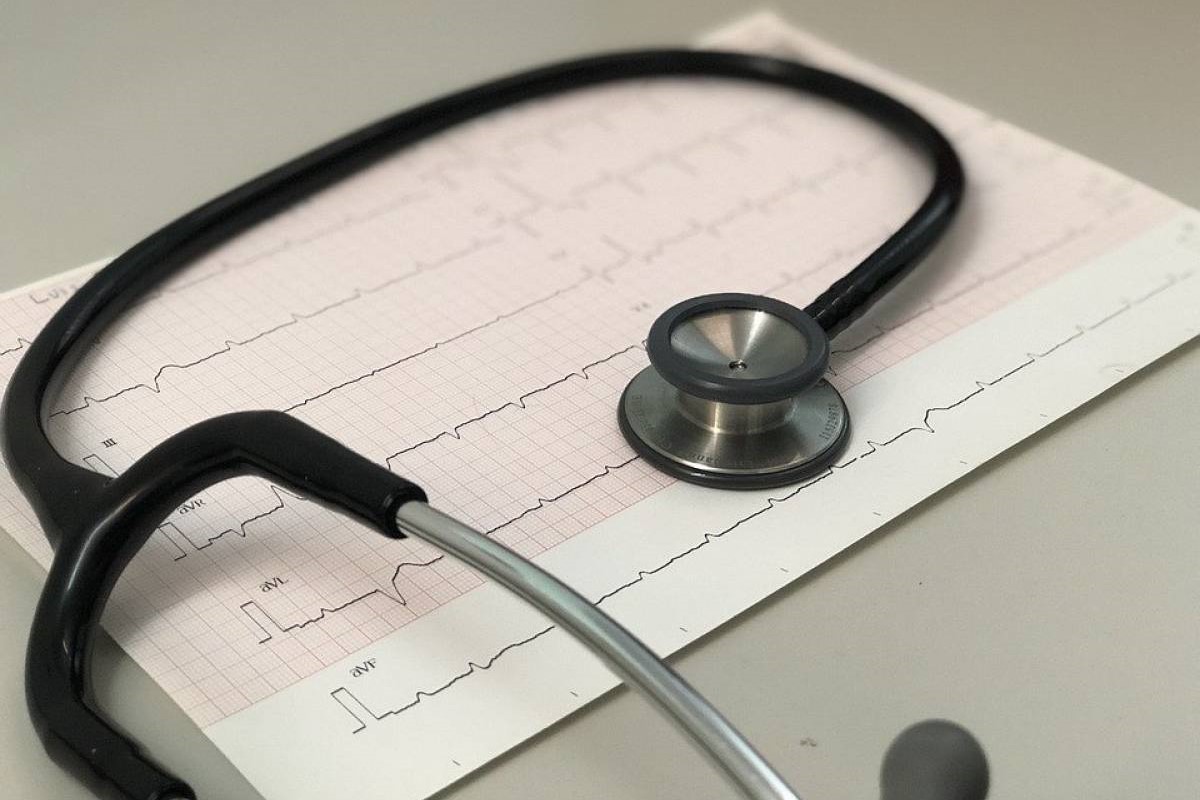
Congenital heart defects: Eisenmenger's syndrome
Eisenmenger syndrome, is a rare complication of a congenital heart defect, will affect the hole that connects the heart chambers or major blood vessels
This will result in abnormal circulation between the heart and lung and pulmonary hypertension. If the pressure in the arteries is excessively high, the blood will reverse its flow and oxygen-depleted blood will circulate in the body.
It may also lead to sudden death, especially in pregnant women.
Eisenmenger’s syndrome manifests itself in prepubertal age, but symptoms may also occur in adolescence or adulthood
Life expectancy following diagnosis can range from around 20 to 60 years.
The highest mortality rate occurs in pregnant women, leading to their hospitalisation as early as the 20th week.
Symptoms include difficulty breathing, chest pain, fatigue, exhaustion, drowsiness, syncope, irregular heartbeat, cyanosis, abdominal pain, hippocratic and therefore enlarged fingers, especially the last phalanx, and a cough with blood.
The cyanosis will be a consequence of the low oxygen content of the blood, which will have to produce a greater quantity of red blood corpuscles, with the consequent increased risk of blood clots and resulting pathologies.
Heart failure, cerebral embolisms and arrhythmias causing cardiac arrest, endocarditis and kidney problems may also occur.
As mentioned earlier, one of the main causes of Eisenmenger’s syndrome will be the presence of a shunt, a hole, present from birth, that connects blood vessels or cardiac chambers.
If there is a ventricular septal defect, the hole will connect the two ventricles; if there is an atrial septal defect, the hole will be between the two atria; if there is patency of the ductus arteriosus, there will be communication between the aorta and the pulmonary artery; if there is an atrioventricular canal defect, the hole in the centre of the heart will make all the heart chambers communicate with each other.
If the congenital malformation is discovered before pulmonary hypertension manifests itself, it will be possible to prevent the syndrome through specific surgery.
If, on the other hand, the malformation is discovered when the blood flow has already been reversed, it will be necessary to intervene with a lung and heart transplant.
Pharmacological treatment will only allow a slight reduction in symptoms.
Read Also
Emergency Live Even More…Live: Download The New Free App Of Your Newspaper For IOS And Android
Eisenmenger Syndrome: Prevalence, Causes, Symptoms, Signs, Diagnosis, Treatment, Sporting Activities
Myocardiopathy: What Is It And How To Treat It?
Venous Thrombosis: From Symptoms To New Drugs
Cyanogenic Congenital Heart Disease: Transposition Of The Great Arteries
Heart Murmur: What Is It And What Are The Symptoms?
Heart Rate: What Is Bradycardia?
Branch Block: The Causes And Consequences To Take Into Account
Cardiopulmonary Resuscitation Manoeuvres: Management Of The LUCAS Chest Compressor
Supraventricular Tachycardia: Definition, Diagnosis, Treatment, And Prognosis
Identifying Tachycardias: What It Is, What It Causes And How To Intervene On A Tachycardia
Myocardial Infarction: Causes, Symptoms, Diagnosis And Treatment
Aortic Insufficiency: Causes, Symptoms, Diagnosis And Treatment Of Aortic Regurgitation
Congenital Heart Disease: What Is Aortic Bicuspidia?
Atrial Fibrillation: Definition, Causes, Symptoms, Diagnosis And Treatment
Ventricular Fibrillation Is One Of The Most Serious Cardiac Arrhythmias: Let’s Find Out About It
Atrial Flutter: Definition, Causes, Symptoms, Diagnosis And Treatment
What Is Echocolordoppler Of The Supra-Aortic Trunks (Carotids)?
What Is The Loop Recorder? Discovering Home Telemetry
Cardiac Holter, The Characteristics Of The 24-Hour Electrocardiogram
Peripheral Arteriopathy: Symptoms And Diagnosis
Endocavitary Electrophysiological Study: What Does This Examination Consist Of?
Cardiac Catheterisation, What Is This Examination?
Echo Doppler: What It Is And What It Is For
Transesophageal Echocardiogram: What Does It Consist Of?
Paediatric Echocardiogram: Definition And Use
Heart Diseases And Alarm Bells: Angina Pectoris
Fakes That Are Close To Our Hearts: Heart Disease And False Myths
Sleep Apnoea And Cardiovascular Disease: Correlation Between Sleep And Heart


